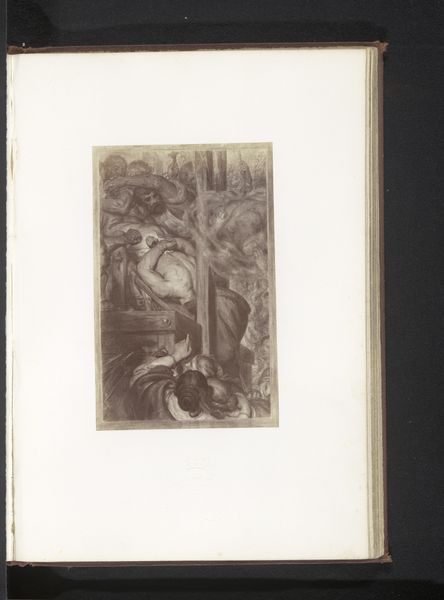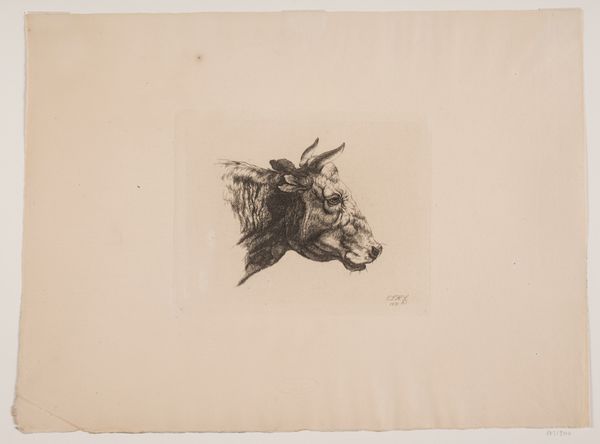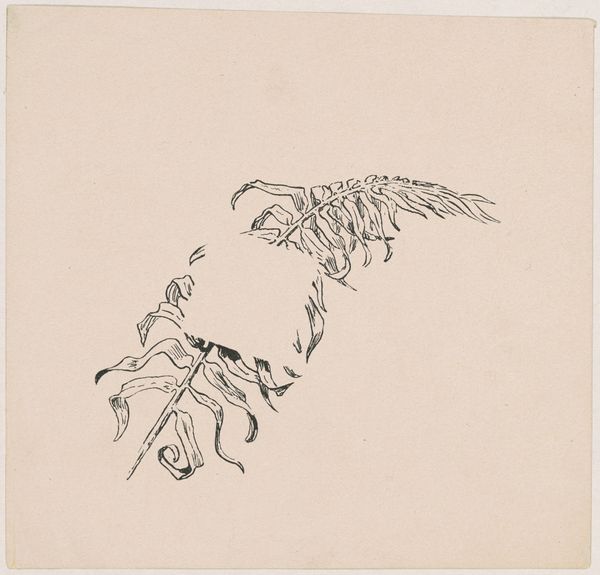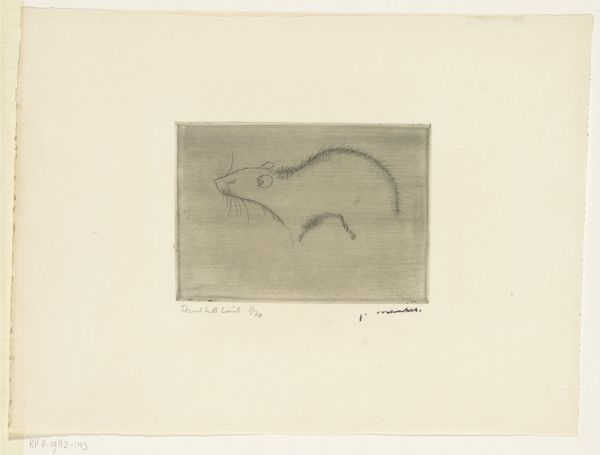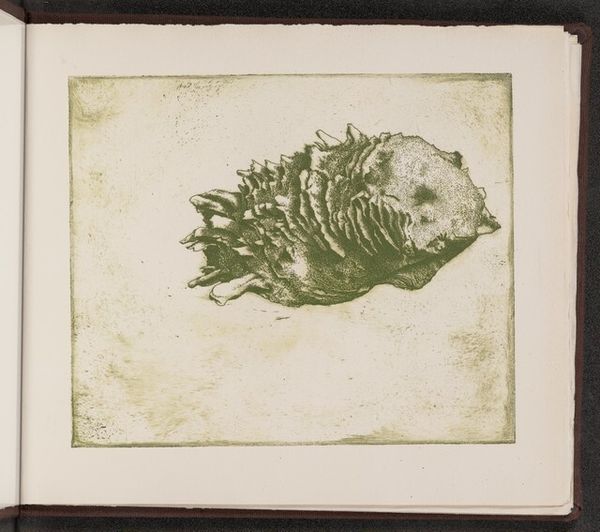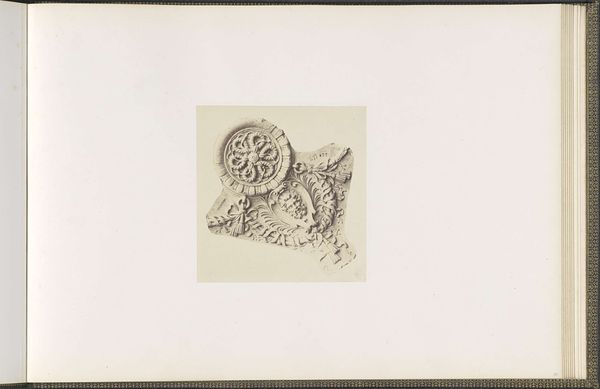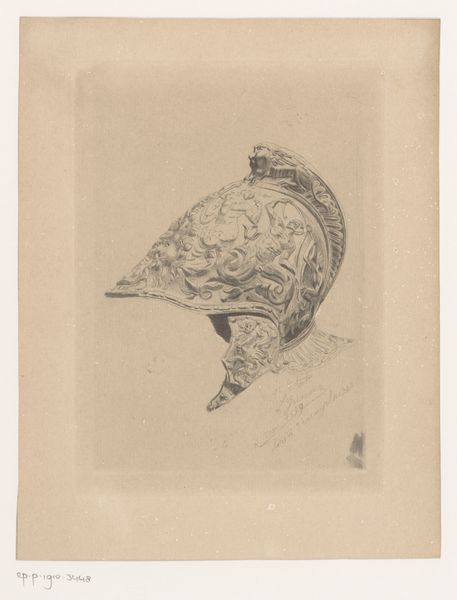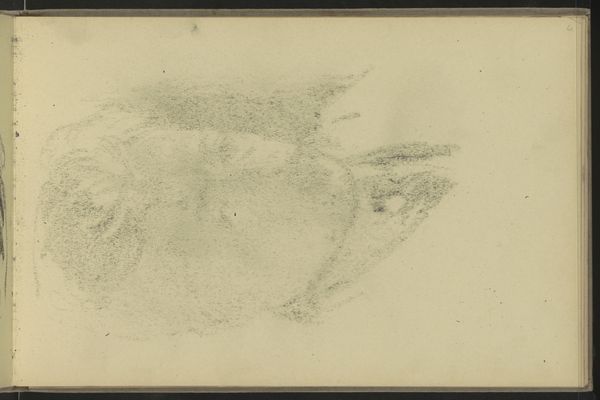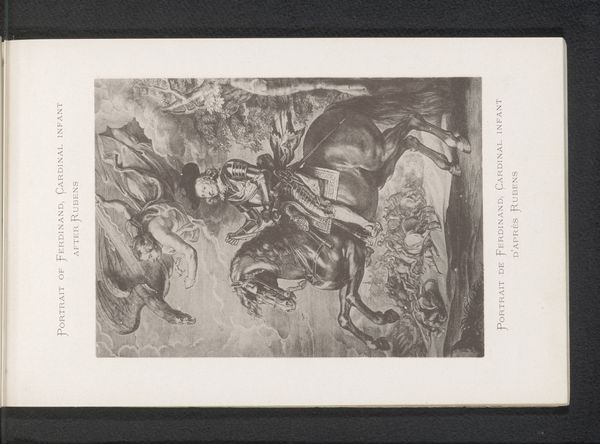
#
natural stone pattern
#
toned paper
#
light pencil work
#
ink painting
# print
#
pencil sketch
#
possibly oil pastel
#
coffee painting
#
underpainting
#
watercolour illustration
#
watercolor
Copyright: National Gallery of Art: CC0 1.0
This is Charles Arthur Wells’s print of a sea snail, named Pterocera rugosa. It’s made using a printmaking technique called etching, where the artist protects areas of a metal plate with wax, then immerses it in acid. The acid bites into the exposed areas, creating recessed lines that hold ink, and then that ink is transferred to paper to create an image. Look closely, and you can see the wonderful density of those etched lines. They not only create a sense of the snail’s three-dimensional form, but also evoke the feeling of its rough texture. The image, in essence, is drawn through acid. Wells is clearly engaging with printmaking traditions of scientific illustration. But he’s also an artist, exploring the aesthetic possibilities of a deeply laborious process. The act of slow, considered looking is essential to both science and art. So in the end, why make a distinction?
Comments
No comments
Be the first to comment and join the conversation on the ultimate creative platform.



